For over 40 years, Star Wars has captured the imagination of audiences around the world. The epic space saga has become a cultural phenomenon, inspiring countless films, TV shows, books, and merchandise. But how were these iconic movies and TV shows made? What went on behind the scenes to bring these fantastical worlds to life? In this article, we will explore the production process, special effects, cinematography, and all the other aspects that go into the making of Star Wars.
Production Process
The production process of Star Wars involves many different stages, from initial concept to final release. It all starts with the screenplay, which is written by a team of writers and revised many times before being approved for production. Once the script is finalized, pre-production begins, which involves hiring the cast and crew, designing sets and costumes, and planning the visual effects. This is followed by the actual filming, which can take months or even years depending on the complexity of the project. Finally, the post-production process begins, which includes editing, sound design, and visual effects.
During pre-production, the filmmakers and artists spend countless hours designing the look and feel of the film. The art department is responsible for creating the sets, costumes, and props that will be used in the movie. They work closely with the director to ensure that their vision is realized on screen. The visual effects team also plays a significant role in pre-production. They use computer-generated imagery (CGI) and practical effects to create the aliens, spaceships, and other elements that make Star Wars so memorable.
The actual filming of Star Wars is an intense process that can take many months to complete. The cast and crew work long hours, often in difficult conditions, to bring the story to life. The director is responsible for ensuring that the performances are authentic and that the scenes are shot in a way that enhances the story. The cinematographer, or director of photography, works with the director to create the look of the movie. They choose the camera angles, lighting, and framing that will best convey the emotions of the scene.
Once filming has been completed, the post-production process can start. This involves carefully editing the footage to bring it all together, adding sound effects and music in order to create a suitable atmosphere, and finally, creating the incredible visual effects that are so iconic of the Star Wars franchise.
The sound design team is responsible for creating the sound effects that are used in the movie. They use a variety of techniques to create the sounds of lightsabers, blasters, and spaceships. The music for the movies is composed by John Williams, who has become synonymous with the Star Wars franchise. His iconic score has become a part of popular culture and is instantly recognizable to fans around the world.
Special Effects and Visual Effects
Special effects and visual effects are an essential part of the Star Wars movies and TV shows. From the iconic lightsaber battles to the stunning space battles, the effects in Star Wars are some of the most memorable in cinema history. The original Star Wars trilogy relied heavily on practical effects, using models and puppets to create the fantastical creatures and spaceships. However, as technology advanced, the later movies and TV shows used more and more visual effects, with entire worlds and characters created in a computer.
One of the most iconic and memorable examples of practical effects in Star Wars is seen with the use of puppets to portray the legendary character of Yoda. In the original trilogy, Yoda was expertly brought to life by a puppet that was skillfully operated by a specialized team of puppeteers. This incredibly detailed puppet helped to create one of the most beloved characters in cinematic history for generations of moviegoers.
The puppet was incredibly detailed, with intricate facial expressions and movements that made it feel like a real character. The use of practical effects helped to create a sense of realism that is often missing in movies that rely heavily on CGI.
The use of visual effects in Star Wars has also been groundbreaking.
The prequel trilogy and the sequels relied heavily on CGI, creating entire worlds and characters that were entirely digital. The use of CGI allowed the filmmakers to push the boundaries of what was possible in terms of visuals, creating stunning action sequences and battles that would have been impossible to film using practical effects.
One of the most impressive examples of visual effects in Star Wars is the creation of the character of General Grievous. Grievous is a droid that is made up of various parts, including four arms and a pair of lightsabers. Creating a character with so many moving parts would have been impossible using practical effects, so the filmmakers turned to CGI to bring the character to life. The result is a character that feels like a real part of the Star Wars universe, even though it is entirely digital.
Cinematography
The cinematography in Star Wars has always been one of its strongest assets. From the sweeping shots of the desert planet of Tatooine to the tense close-ups during lightsaber battles, the cinematography in Star Wars helps to create the mood and tone of the movie. The use of different camera angles, lighting, and framing helps to create a sense of depth and emotion in the scenes.
One of the most iconic and awe-inspiring cinematic shots in Star Wars is the opening shot of the original movie, which features a vast, imposing Imperial Star Destroyer moving slowly across the screen. This dramatic introduction to the story not only creates an atmosphere of grandeur and fascination but also draws viewers into its captivating narrative. The sheer size of this spacecraft serves as a powerful reminder that this galaxy far, far away is full of wonders beyond our imagination.
The use of the camera to create a sense of scale is one of the most impressive aspects of the cinematography in Star Wars.
Conclusion
In conclusion, the making of Star Wars is a complex and fascinating process that involves many different aspects of filmmaking. From the initial concept to the final release, every aspect of the production is carefully planned and executed to create the epic space saga that has captured the hearts and minds of audiences around the world.
The use of practical effects, visual effects, and cinematography all work together to create the immersive experience that is Star Wars. It is no wonder that this franchise has become such an integral part of popular culture, inspiring countless movies, TV shows, books, and merchandise. Whether you are a lifelong fan or a newcomer to the Star Wars universe, there is no denying the impact that this franchise has had on the world of cinema.


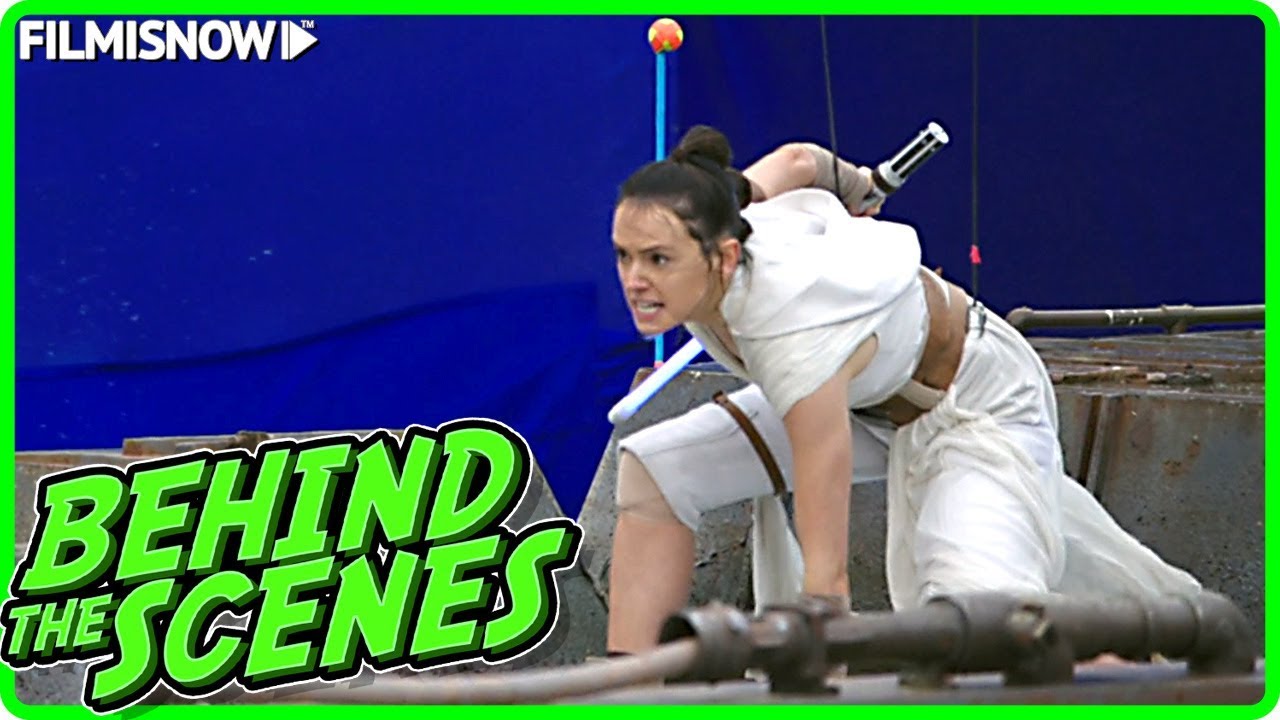
 RELATED POSTS
RELATED POSTS

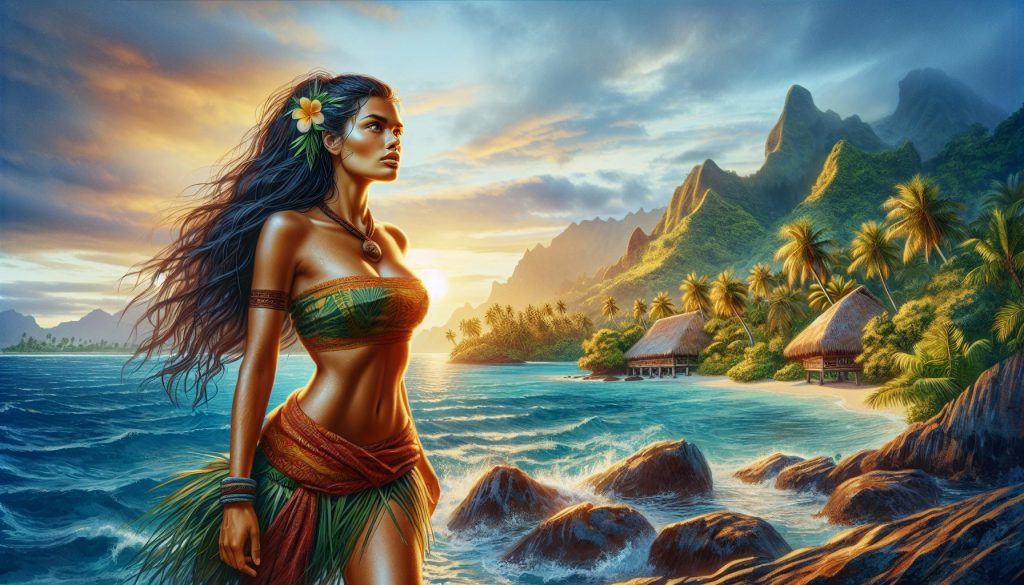
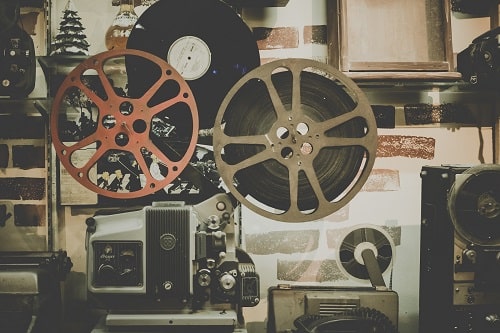
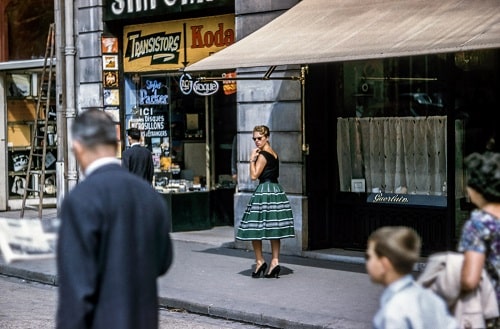
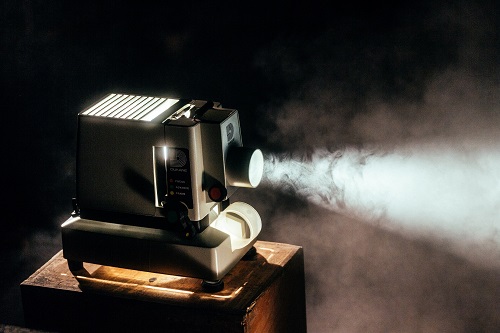
0 Comments